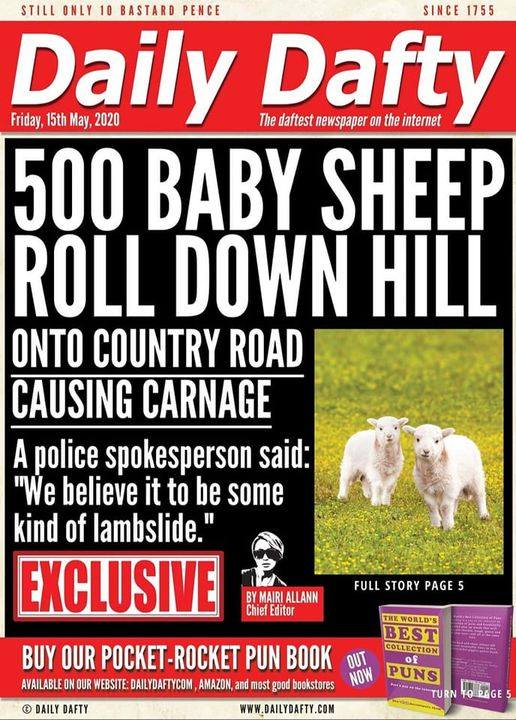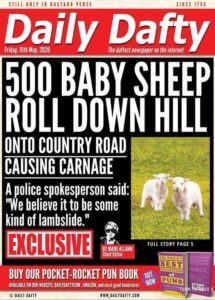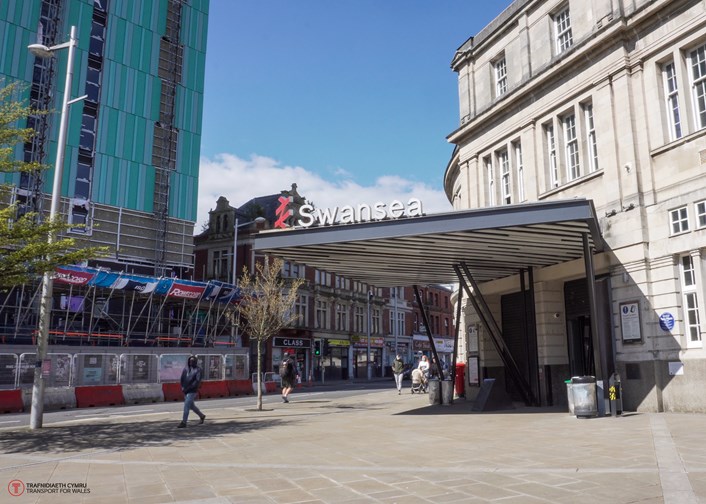
Swansea railway station has been given a dramatic transformation after Network Rail and Transport for Wales came together to deliver key improvements.
An investment of almost £7.5m in the station, which first opened 171 years ago this week, is the biggest in more than a decade and will make passengers’ journeys more reliable, comfortable and enjoyable.
Almost the entire length of platform four has been rebuilt and can now accommodate 10 carriage intercity trains, providing more flexibility for passengers.
The station itself has had a major refresh with improved ticket-buying facilities, new toilets, and refurbished space for use by local businesses and community groups.
Among the improvements are:
- New Customer Information Screens.
- New signage and rebranding.
- New cycle shelter added at front of station.
- Additional benches.
- New lighting and waiting shelter on platform 4.
- Refurbishment of male and female toilets.
- Replaced end of platform barriers.
- New recycling bins and refuse storage area.
- Provision for station colleagues to make public address announcements whilst mobile.
- New LED lighting.
- New luggage trollies and bays at platform 2/3.
Bill Kelly, Wales and Borders route director at Network Rail, said: “The completion of this brand-new platform is a part of our wider commitment to improve journeys and stations for our passengers across the Wales and Borders network.
“Working with Transport for Wales, our engineers and contractors have worked around the clock to deliver a transport hub which the city of Swansea can be proud of.
“We would like to thank the local community for their patience over the last few months while we delivered these improvements.”
TfW project manager Yasmin Browning said: “The work at Swansea station really has gone a long way to transforming the station for customers. Enhancements across the length and breadth of the station mean better customer access to information and more comfortable surroundings whilst waiting to depart.
“The extended Platform 4 not only looks great but will allow for more options bringing trains in and out of the station, helping deliver key capacity improvements. This project has shown how close collaboration with our Network Rail Partners can deliver for customers.”
GWR’s Head of Customer Experience Samyutha Bala said: “We are delighted that work to extend Platform 4 has been completed and can now accommodate our 10-car Intercity Express Trains. This gives us greater flexibility at Swansea which will reduce delays and maintain a reliable service for our customers.
“This is particularly important as lockdown eases and both leisure and business travel increases. We work very closely with Network Rail Wales and Western and Transport for Wales and they have done a great job here, that will really make a difference for our customers.”
Rob Stewart, Leader of Swansea Council, said: “I really welcome the investment Network Rail and Transport for Wales have made at Swansea Station.
“With space for bigger trains and upgraded facilities it is a real uplift for the city, which is currently undergoing a £1bn regeneration programme.
“Great transport links are an essential part of any thriving and ambitious city, and these improvements will make such a difference to people travelling to and from here.”
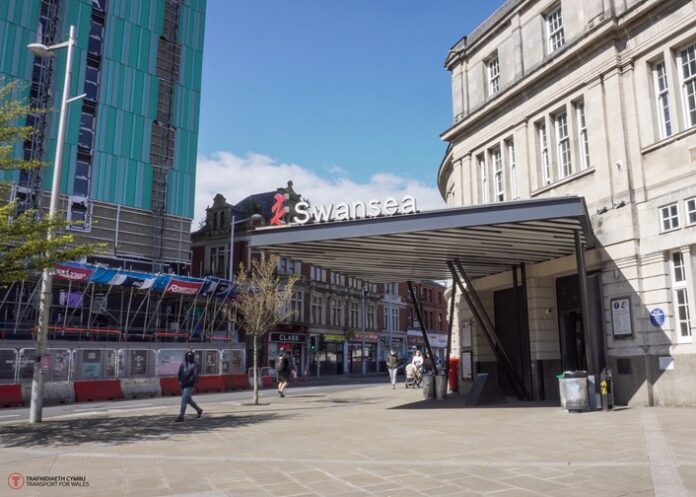
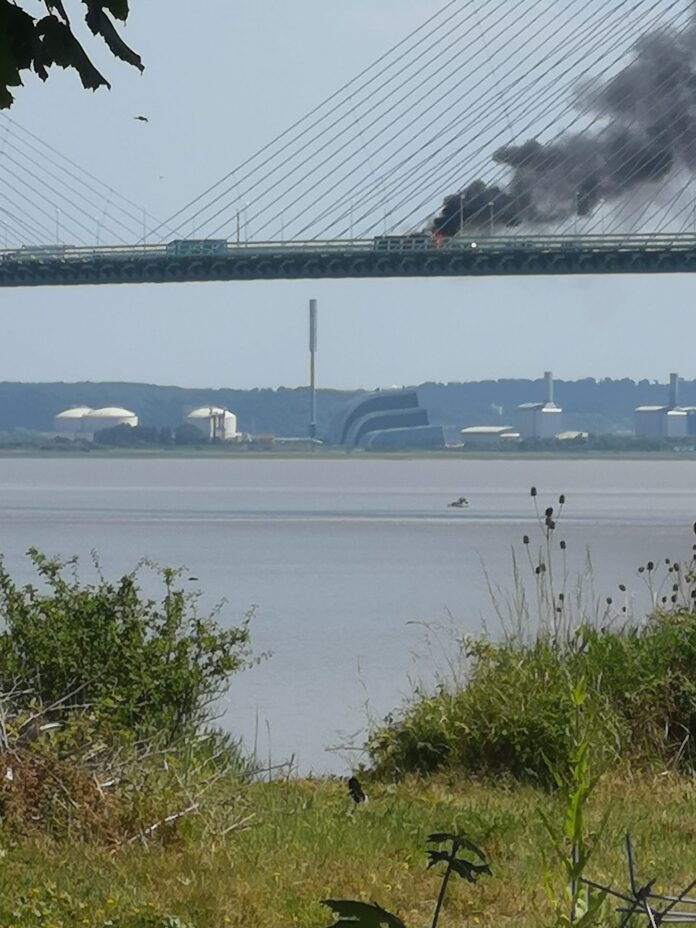
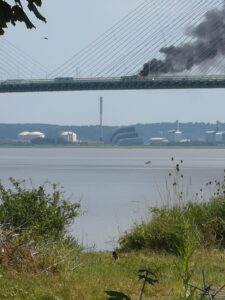
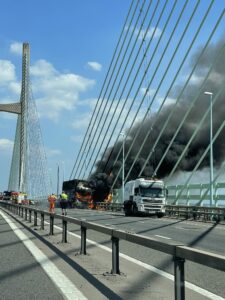

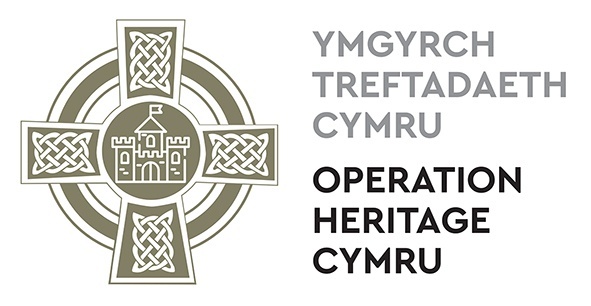
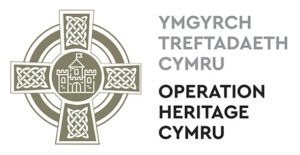 From Dyfed Powys Police:
From Dyfed Powys Police: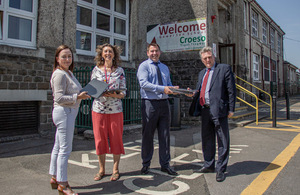
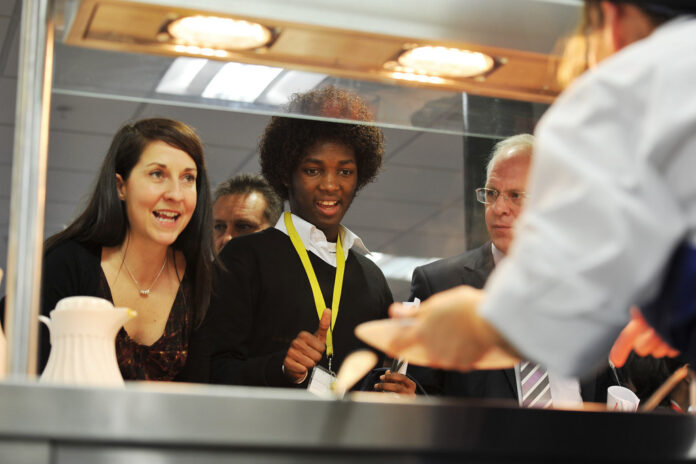

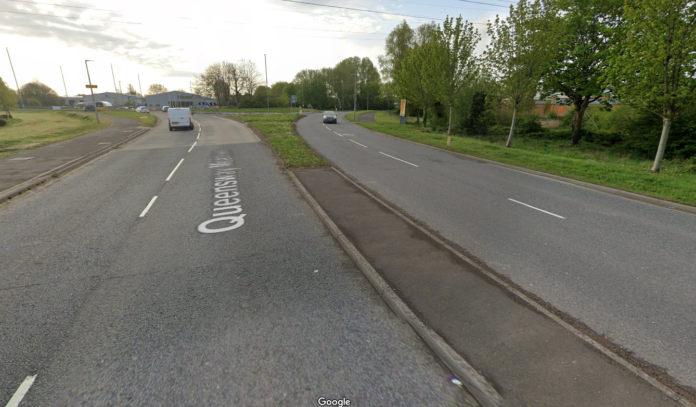
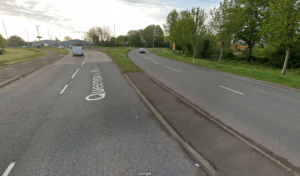
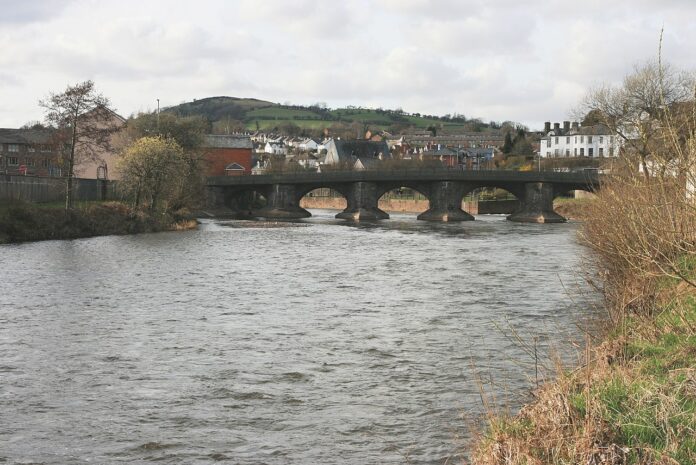
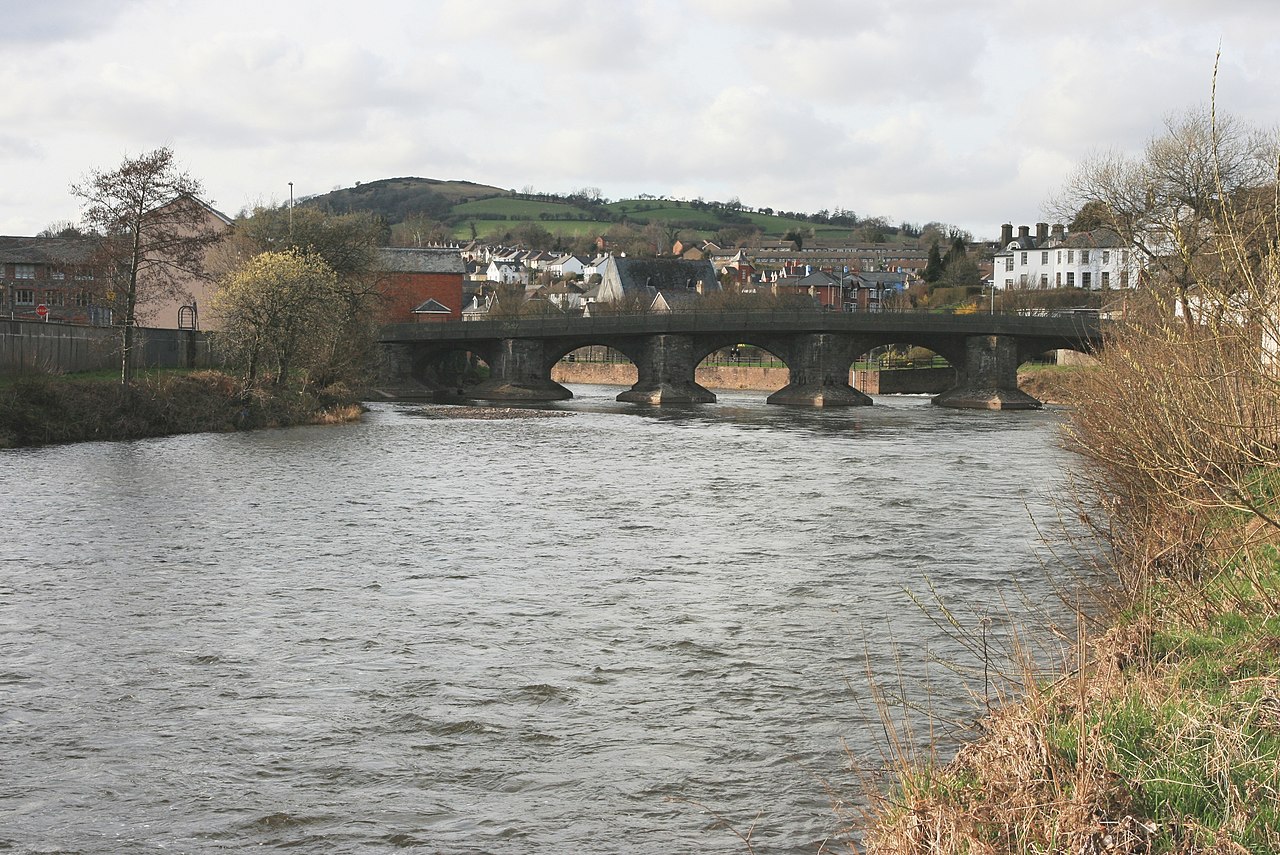
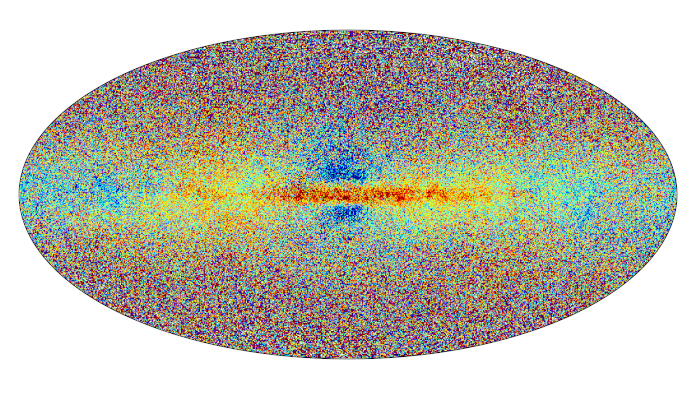

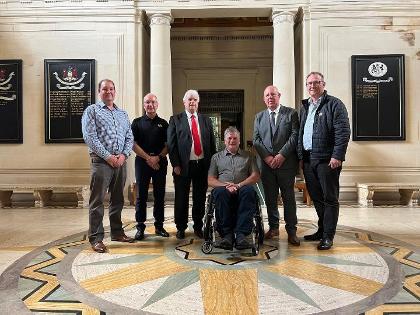
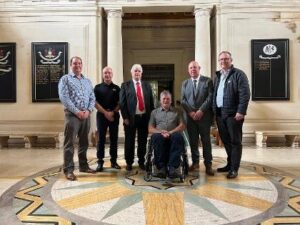 Design work, land assembly and funding discussions are all on-going which, once finalised, would pave the way for a planning application.
Design work, land assembly and funding discussions are all on-going which, once finalised, would pave the way for a planning application.